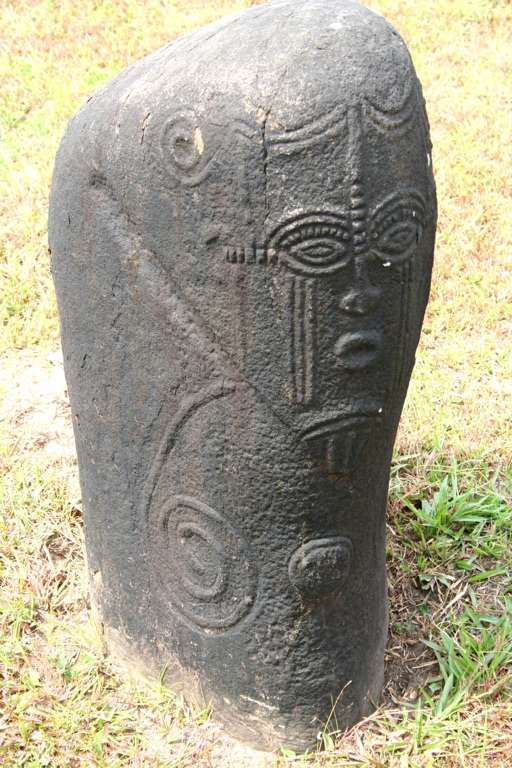The Ikom Monoliths, also known as the Akwanshi or Atal, are a collection of volcanic-stone monoliths located around the town of Ikom in Cross River State, Nigeria. These intriguing artifacts are adorned with intricate carvings and inscriptions believed to be between 1,500 and 2,000 years old. The monoliths vary in height, some reaching up to 2 meters, and are spread across more than 30 sites in the Ikom area. Their purpose and the identity of their creators remain subjects of speculation and research, making them a fascinating topic for historians and archaeologists alike.
Get your dose of History via Email
Historical Background of The Ikom Monoliths

The Ikom Monoliths were first reported in the late 19th century by British colonial administrators. However, their existence was known to local communities long before. The monoliths are thought to have been created by the ancestors of the present-day Ejagham people. These stone sculptures bear a form of writing and imagery that is unique to the region. The monoliths are considered to be a form of communication with ancestors and deities, playing a significant role in local belief systems.
Archaeological interest in the monoliths increased in the 20th century, with several studies attempting to understand their origins and significance. The exact date of their creation is still uncertain, but carbon dating suggests they were made between 200 AD and 1000 AD. The monoliths are not only historical artifacts but also serve as sacred objects in the local communities, often located in sacred forests or near water sources.
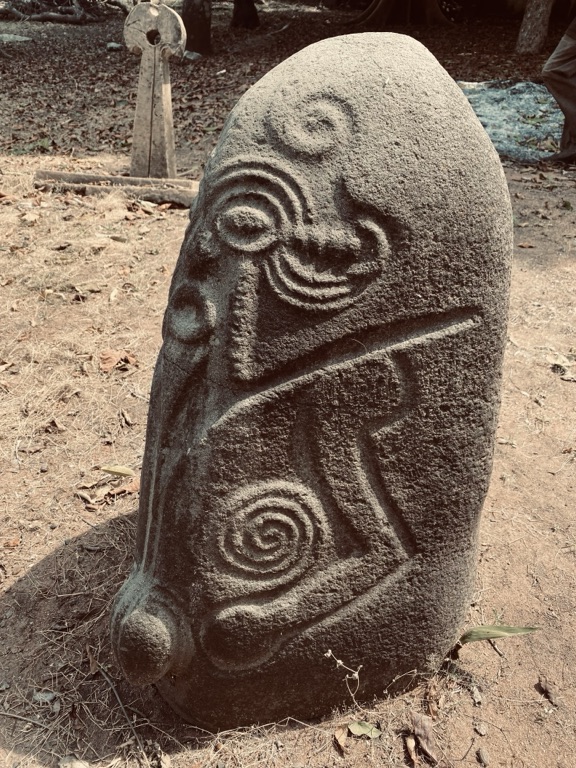
Despite their cultural significance, the monoliths have not been the scene of major historical events. Instead, they have remained a constant, enigmatic presence in the lives of the local people. The Ikom Monoliths have not been inhabited or repurposed throughout history, maintaining their original function as cultural and religious symbols.
The discovery and subsequent studies of the Ikom Monoliths have not been without challenges. Many of the sites are in remote areas, making access difficult. Additionally, the monoliths have faced threats from environmental factors and human activities, such as construction and agriculture, which have led to the destruction of some of the stones and the sites where they stand.
Efforts to preserve the Ikom Monoliths have been ongoing, with local and international groups working to protect and study them. The monoliths were proposed for UNESCO World Heritage status, highlighting their importance as a cultural and historical treasure not only for Nigeria but for the world. The preservation of these artifacts is crucial for understanding the prehistoric culture of the region and for maintaining the cultural heritage of the Ejagham people.

About The Ikom Monoliths
The Ikom Monoliths are notable for their rich carvings, which include facial features, geometric patterns, and inscriptions. These carvings are believed to be a form of proto-writing, although their exact meaning remains undeciphered. The monoliths are made from basaltic rocks, which are volcanic in origin, and their construction would have required significant skill and effort given the tools available at the time.
Each monolith is unique, with variations in design and form. Some feature human faces with pronounced facial features, while others are more abstract in nature. The carvings are thought to represent figures of authority, such as chiefs or ancestors, and are often found in circles or facing each other, which suggests they were used for communal gatherings or rituals.
The methods of construction and carving of the Ikom Monoliths are a testament to the advanced artistic capabilities of their creators. The stones were likely quarried locally, shaped, and then transported to their current locations. The carvings were made using harder stones or metal tools, which would have been a labor-intensive process.
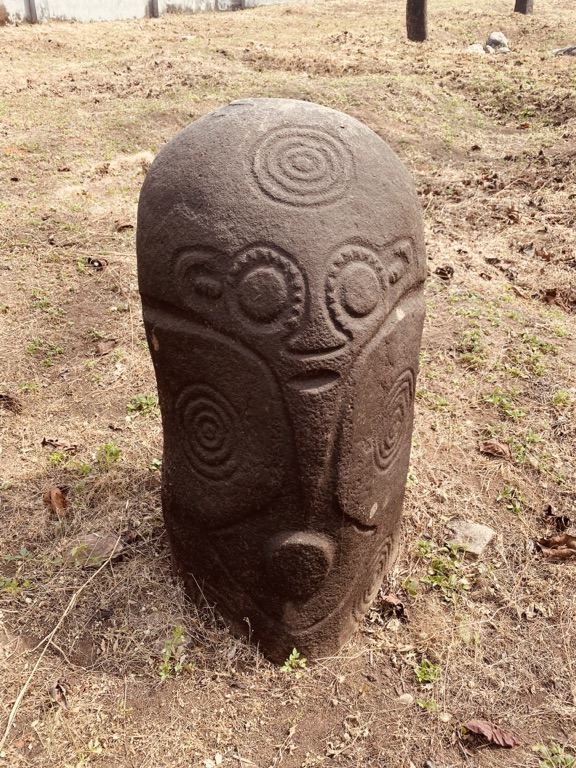
Architecturally, the monoliths do not form part of larger structures but stand alone as individual stones. This has led to the belief that they were not used as building materials but rather as standalone cultural artifacts. The monoliths are often found in alignment with natural features, such as rivers and ridges, which may indicate an understanding of and respect for the natural landscape.
The preservation of the Ikom Monoliths is challenging due to their exposure to the elements and the growth of vegetation around them. Conservation efforts are focused on documenting the carvings and inscriptions, as well as protecting the monoliths from further damage. These efforts are crucial for ensuring that future generations can study and appreciate these remarkable artifacts.
Theories and Interpretations
Several theories have been proposed regarding the purpose and meaning of the Ikom Monoliths. One theory suggests that they served as territorial markers or boundary stones, delineating the land of different clans or families. Another theory posits that the monoliths were used in religious ceremonies and rituals, possibly related to ancestor worship or fertility rites.
The mysterious inscriptions on the monoliths have led to much speculation. Some researchers believe that they represent a form of prehistoric writing or symbols conveying messages or laws. However, without a key to decipher the symbols, their true meaning remains elusive. The imagery on the monoliths, such as the depiction of human figures and geometric shapes, may also hold symbolic significance, but interpretations vary widely.
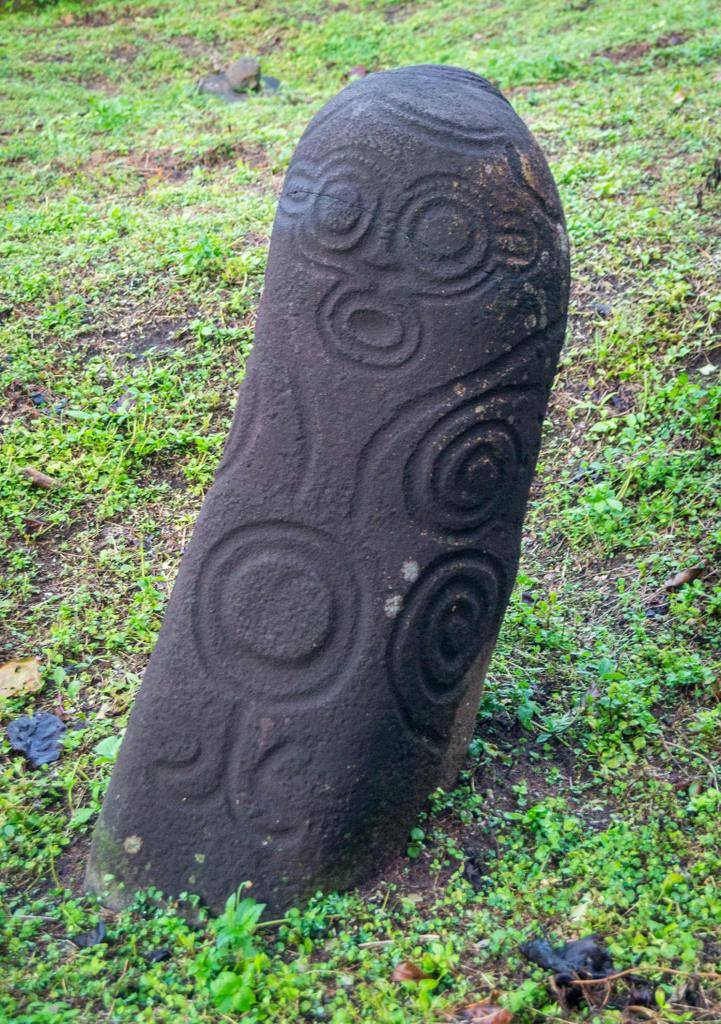
There are mysteries surrounding the Ikom Monoliths, particularly regarding the identity of their creators. While they are associated with the Ejagham people, there is no definitive evidence linking them to a specific group. The lack of historical records from the period when the monoliths were created adds to the challenge of understanding their origins.
Dating the Ikom Monoliths has been carried out using radiocarbon dating and thermoluminescence. These methods have provided estimates for the age of the monoliths, but the results are not conclusive. The wide range of dates suggests that the monoliths may have been created over an extended period, rather than all at once.
The interpretations of the Ikom Monoliths are continually evolving as new research sheds light on their context and significance. The monoliths are an important part of the cultural heritage of Nigeria and offer a window into the prehistoric past of the region. Ongoing studies and preservation efforts are essential for unraveling the mysteries of these enigmatic stones.
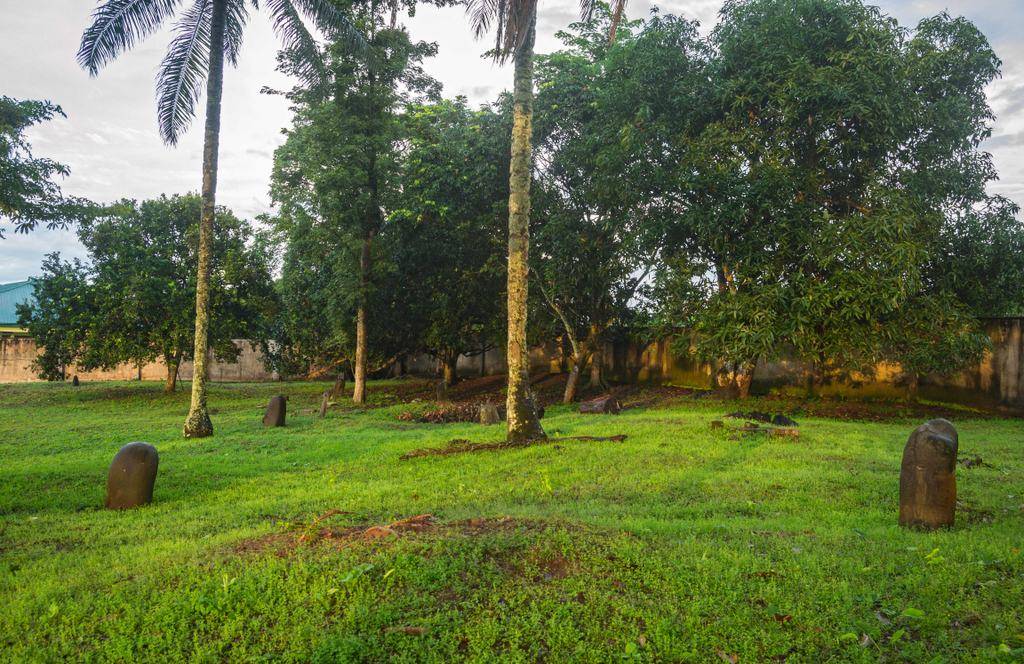
At a glance
- Country: Nigeria
- Civilization: Ejagham people/Ekoi people
- Age: Approximately 200 AD to 1000 AD
Conclusion and Sources
- Wikipedia – https://en.wikipedia.org/wiki/Ikom_Monoliths

